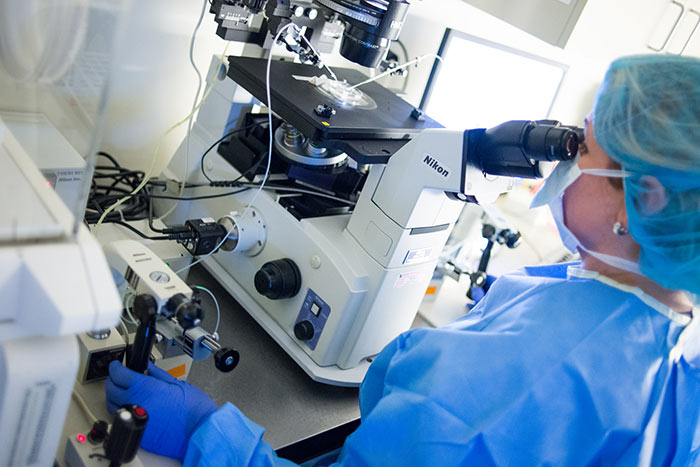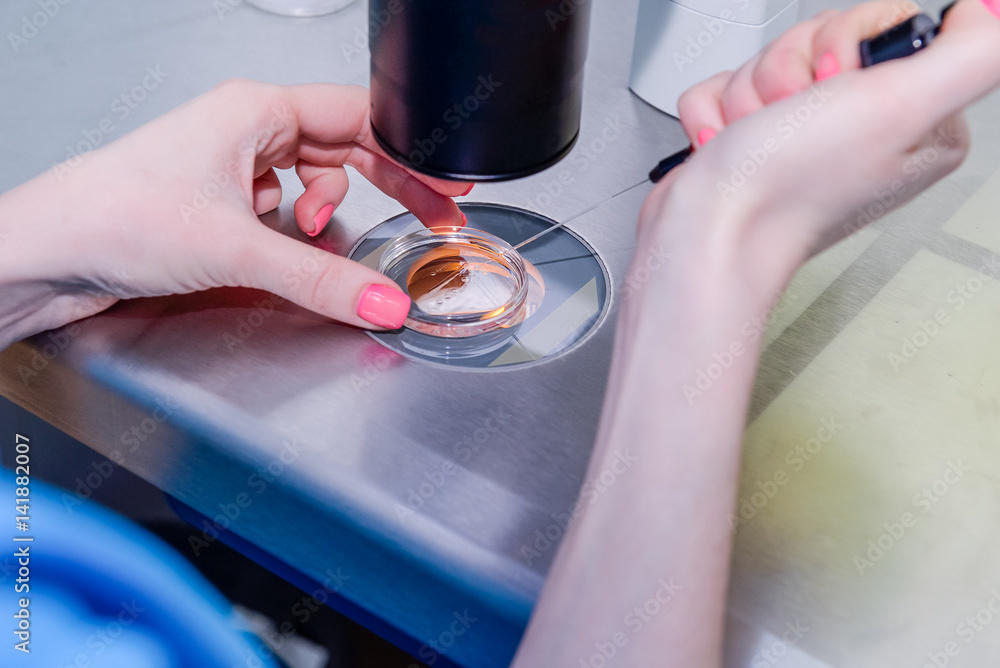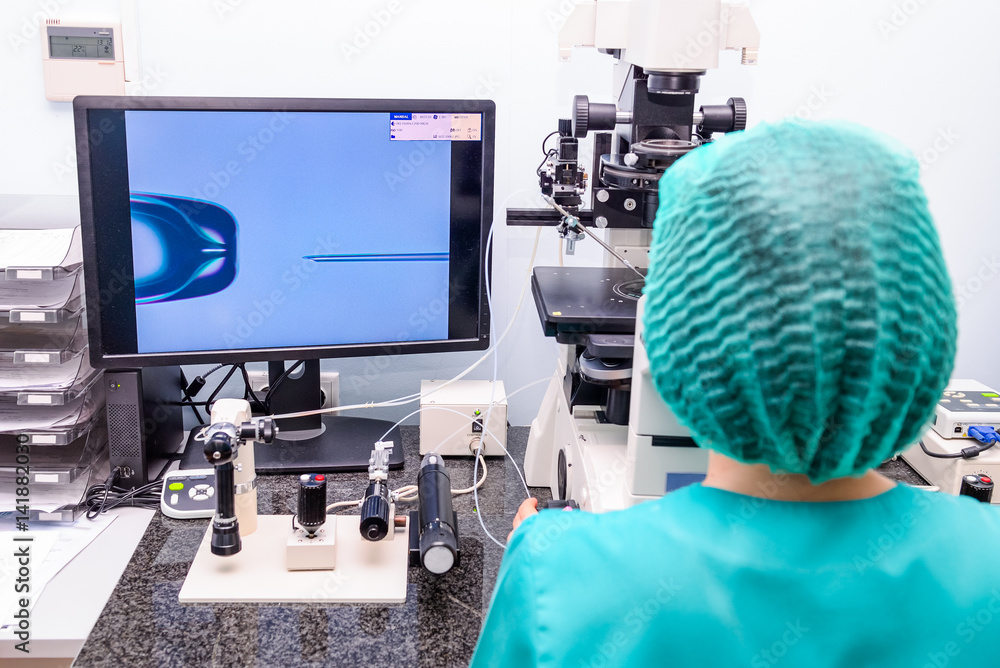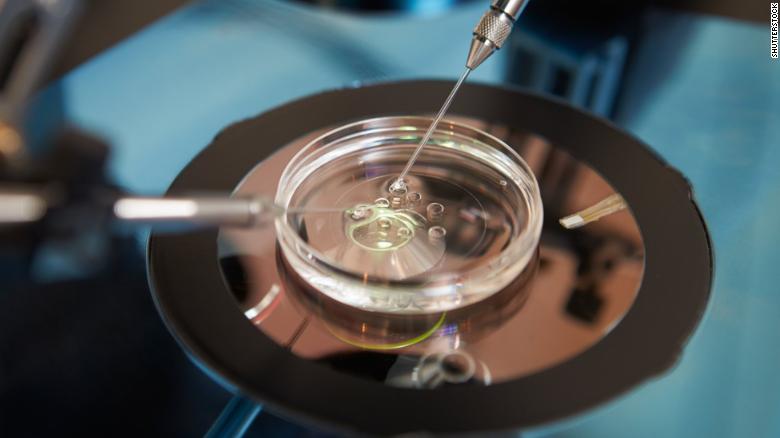Hysterosalpingography (HSG)
Hysterosalpingography (HSG) is a method of examining the patency of Fallopian tubes. For a woman to conceive, tubes must be intact. As they are of very fine structures, they are not visible by ultrasound if there is no damage. HSG is normally performed radiologically. It almost never gives false-positive results, but it has almost been abandoned due to the usage of x-rays. The procedure is painful and can cause infection in the pelvic region, but the percentage of pregnancies after the procedure is nearly 70%, probably because microscopic adhesions are torn.
Recently HSG is being done with ultrasound, a so-called hysteron-sonosalpingography (sono HSG). Sono-HSG is a method introduced into clinical practices in 1984, using only conventional ultrasound and later using the contrasts and color Doppler ultrasound. It is used to determine the morphology of cavum uteri (uterine cavity) and the patency of Fallopian tubes. The cavity may become smaller due to various growth anomalies and pathological masses such as polyps and submucous myomas and adhesions of different etiology.
Doppler ultrasound was introduced here to examine the patency of tubes as practice showed that when using only B mode, there is little to say about potential pathology of tubes in case of their patency. Today these methods are used complementary, and they have practically, in combination with HSC and LPSC, completely eliminated the need to use traditional radiological HSG. Sono-HSG is a less invasive, less painful, and cheaper method that can be used multiple times.






.jpg)






.jpg)

